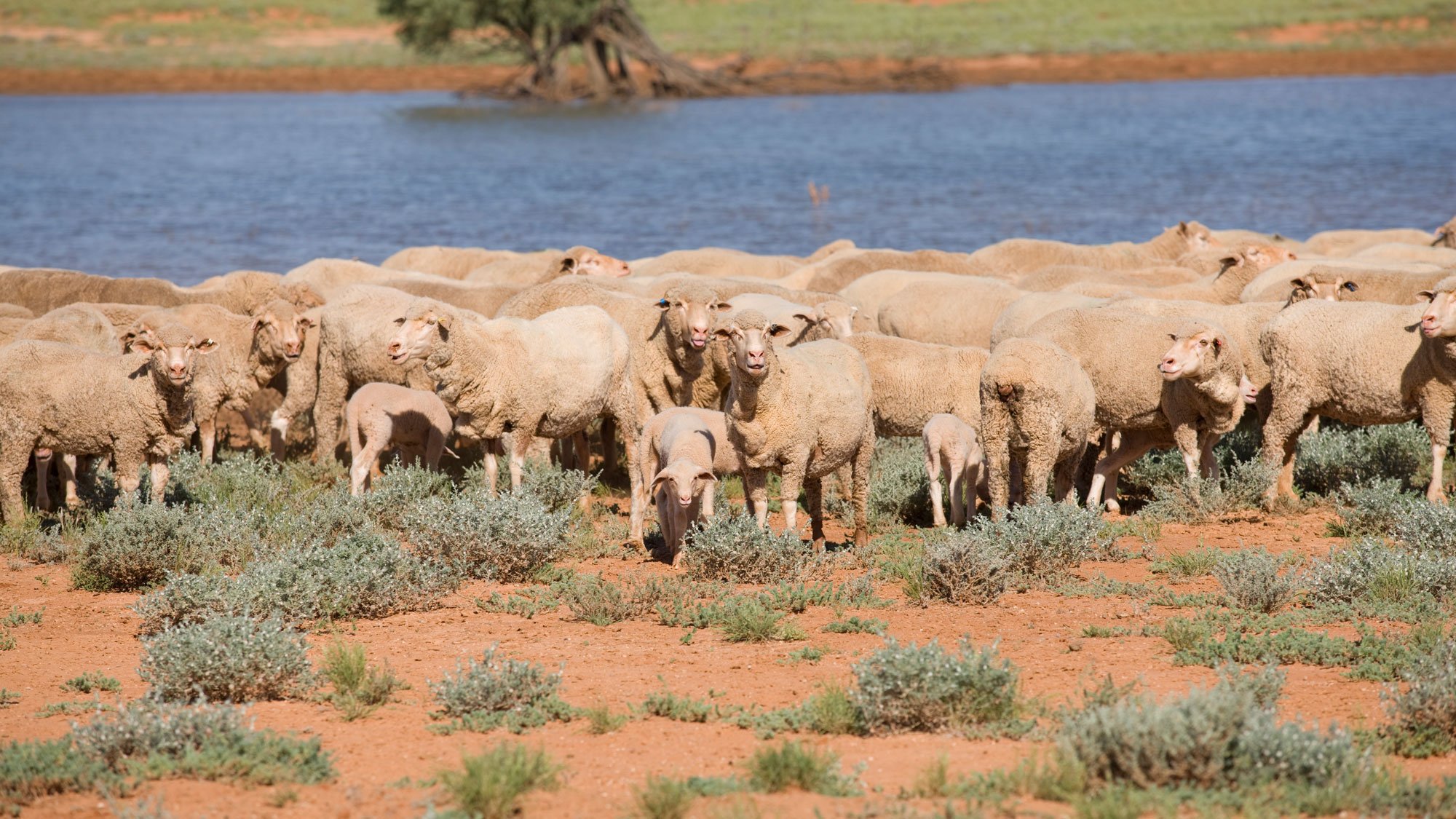Tool 12.12 Establishing and monitoring trigger points
Tool 12.12 Establishing and monitoring trigger points
Trigger points are dates determined by the calendar or an external measure (e.g., rainfall received, percentage of feed in the paddock, condition score of ewes) beyond which decisions (e.g., to buy or sell livestock, begin supplementary feeding or move sheep to a different paddock) will be ‘triggered’ and should not be delayed.
They can be identified by long-term simulated pasture growth and rainfall records, coupled with on-ground monitoring and assessments, to show when the prospects for pasture growth for the next three months are highest or lowest and the variability in growth from year to year. Trigger points can both complement and enhance the use of Southern Oscillation Index (SOI)-based seasonal risk assessment for seasonal livestock management decision making.
An example of some trigger points and the ensuing decisions are:
- A spring trigger point that indicates that the seasonal conditions are above average and the next three months are likely to be average or wetter than normal may result in a decision to purchase additional trading stock. This will allow some of additional feed to be utilised and stock to be purchased before higher than normal grazier demand results in a price ‘bubble’ developing for available stock.
- An autumn trigger point that indicates that seasonal conditions are below average and the next three months are likely to be average or drier than normal may result in a decision to bring stock sales forward by selling an age group or undertaking a higher cull of replacement stock earlier than normal. This will assist to reduce grazing pressure relative to feed on offer and potentially result in better stock sale prices that might result in a depressed market later in the season. This strategy is also assisted by maintaining a proportion of the flock that are considered to be trading stock.
This system still needs to be linked to assessments of land condition or vegetation health, but generally provides an early indicator for management decisions.
Periodically reviewing and monitoring your trigger points is an important part of the planning process and of emerging from poor seasons in a resilient state – physically, mentally and financially – which allows you to capitalise on the good times.






